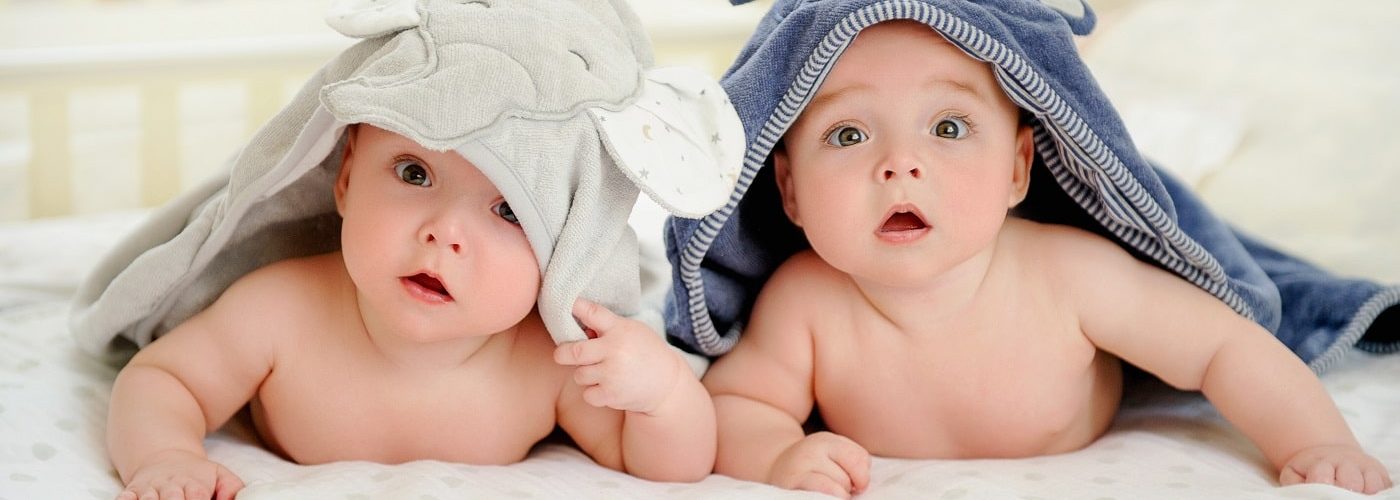
It is always lovely to see a set of twin babies, twin sisters, twin brothers, double pushchairs, double cots, it’s another indicator of how amazing the miracle of life really is. Nevertheless, a lot of people are not aware of the health risks that come with multiple pregnancies to both the mother and baby and why here at IVI we mostly perform single embryo transfers.
Twin births are on the increase and this is due to the increase in reproductive treatment. The chances of having twins naturally are around 1 in 80, in the case of women opting to have reproductive treatment the ratio dramatically decreases to 1 in 4. This increase is highlighting the significant maternal, fetal and neonatal risks associated with these pregnancies. Including the increased risk of pregnancy‐induced hypertension, gestational diabetes, per partum haemorrhage, operative delivery, postpartum depression and anxiety, and parenting stress
UK guidelines advise that wherever possible a single embryo only should be transferred, but some clinics still put back more – sometimes because the patient wrongly thinks it improves their chances. However, studies have shown that there is no difference between the rate with a single embryo versus when two are transferred.
At IVI we have a policy in place to only transfer one single embryo during each cycle wherever possible. This policy is applied in almost 100% of our treatments. IVI is confident in the technology we use and the experienced employees we have means we don’t need to transfer multiple embryos in one cycle to achieve our high success rates and in fact, multiple embryo transfer is a complication that should be avoided.
What complications are there with twin pregnancy?
Multiple pregnancies hold a high health risk to both the newborn and the mother. The mother’s wellbeing can be affected by the time of conception up until when she gives birth. Some of these risks include a high chance of having to deliver via means of c – section rather than delivering naturally, hypertension, the threat of premature delivery and higher chances of suffering from haemorrhage after birth.
Regarding the newborn, multiple births may be accompanied by prematurity (something very common in this type of pregnancy), intrauterine growth retardation, low birth weight or even perinatal mortality. The main objective of assisted reproduction treatments is to have a healthy newborn and that these treatments do not pose a risk to the mother.
Did you know that the health cost of multiple pregnancies doubles the cost of single pregnancies? Not only that, but the costs associated with childbirth are 1.7 times more expensive than those of a single pregnancy.
The great scientific advances achieved in the reproductive field outline great opportunities for the SET, because, with cutting-edge techniques and technology such as those we use, the results achieved lead us towards constant improvement with the greatest guarantees for mothers and their babies.
At IVI
In 2018 IVI London our twin pregnancy rate is below 1%, well below the 10% HFEA regulation. This is due to over 96% of our cycles being single embryo transfer. At IVI the health of the mother and baby is always the most important value for us. With the high success rates we have and the research we continue to do to improve them even further, we are confident that the SET policy will ensure a healthy pregnancy without affecting the chances of having a baby.
If you want to know more about IVI and our SET policy watch our Medical Director Dr Cesar Diaz-Garcia explaining what it involves.





Comments are closed here.